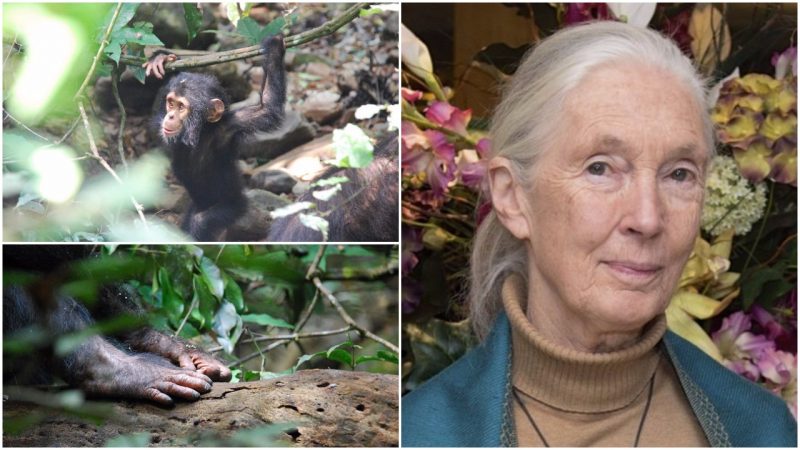We usually associate war with the human species. Many civilizations were founded or destroyed because of the act of war and it is something that continues, regardless of the price. Many would hope that through the process of evolution and the ethical development of our species, the need for warfare would be eliminated, but not as yet. War is generally considered, according to some theorists, an integral part of human nature and as an act committed by organized societies.
Other theories suggest that war is more primal and the idea that war is not limited to humans received more support in the 1970s after war-like behavior was observed in a group of our closest relatives: the chimpanzee community. It turns out we have more in common with our animalistic past than some might like to admit.
It all began when Jane Goodall (today regarded as the world’s foremost expert on chimpanzees) went to the Gombe Stream National Park to do long-term research on chimpanzees in their natural environment. The idea for the research was sparked by Dr. Louis Leakey, a prominent paleontologist in Africa. Leakey wanted to learn more about the social systems of early humans, and he thought that the best way to find out more was to observe the organizational structure of our close living relatives, the ape species.
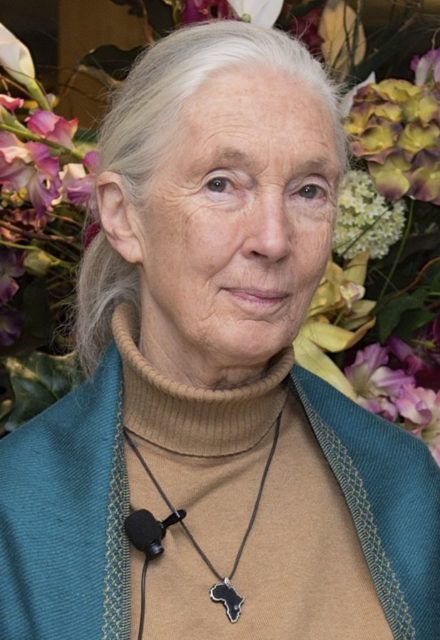
Leakey sent three of his students to different places around Africa to observe various groups of apes. One of them was sent to observe the Orangutans in Borneo, another went to Rwanda to study the behavior of Gorillas. and last but not least, Jane Goodall was sent to Tanzania to observe the chimpanzees.
Prior to the 1970s, the funny and friendly looking chimpanzees were often regarded as a peaceful animal. They always looked cheerful and playful, without the slightest tendency towards violence. Goodall, who initially believed the same, discovered another reality during her 55 years of research. Goodall found that the chimpanzees are not so different from us. Aside from their ability to use tools and pass knowledge from one generation to another, it was found out that they were also capable of forming complex “political” alliances and personal unions. It was also discovered that chimpanzees were not strictly vegetarian; they organized hunting parties and hunted Colobus Monkeys. They later distributed the meat within their community according to individual accomplishments.
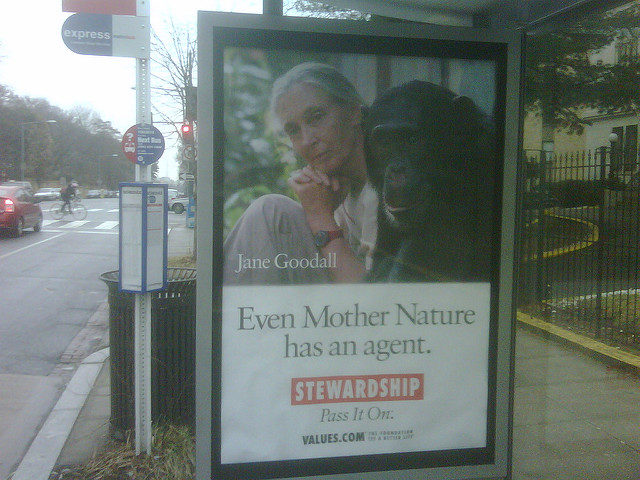
The chimpanzee conflict in Gombe that became known as the Gombe Chimpanzee War probably began in 1971, when the alfa male leader of the Gombe chimpanzee group died. In the beginning, Goodall was unaware that this event would lead to drastic changes in the group, but several years later, violence broke out. It turned out that the leader’s death had created a division within the Gombe group.
Goodall’s research showed us that chimpanzees function on a much higher organizational level than previously believed. The alfa male of each group serves as a tribal leader; however, this doesn’t mean that the alfa male rules alone. The political life of chimpanzees is similar to ours in many ways. The position of the alfa male, for example, is secured by the network of personal alliances that he creates or breaks. The leader of the strongest alliance always wins.
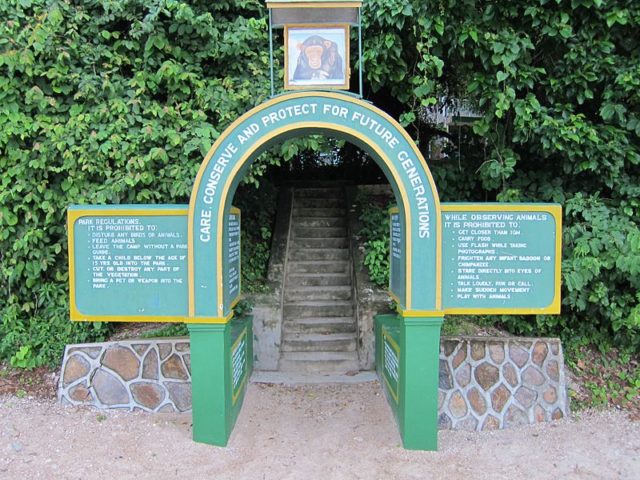
fabulousfabs – https://www.flickr.com/photos/fabulousfabs/6510794229/
Gombe Stream National Park, Lake Tanganyika, Tanzania
CC BY 2.0
Leakey had done well for himself; he was surrounded by a strong alliance of males that served as his lieutenants, but things in the group changed when he passed away. Next in line for the leader position in the group was a chimpanzee that Goodall named Humphrey. Due to Humphrey’s lack of support from the other males, the group splintered. A few of the apes challenged Humphrey’s leadership. Most prominent in the fight for leadership were two brothers called Charlie and Hugh. During the next few years, the whole Gombe group would divide itself in two: those who supported Humphrey and those who took Charlie and Hugh’s side. The brothers were like a rebel faction inside the “organized” ape country.
Soon, supporters of the Charlie/Hugh faction started to isolate themselves from the rest. They groomed each other, gathered food only for themselves, and completely neglected the Humphrey faction. As in all human conflicts, this division, which started on a social level, started to become aggressive. Charlie and Hugh headed south and formed their own group, which was called the Kahama group, while Humphrey stayed in the north with the larger part of the original group. His group became known as the Kasakela group.
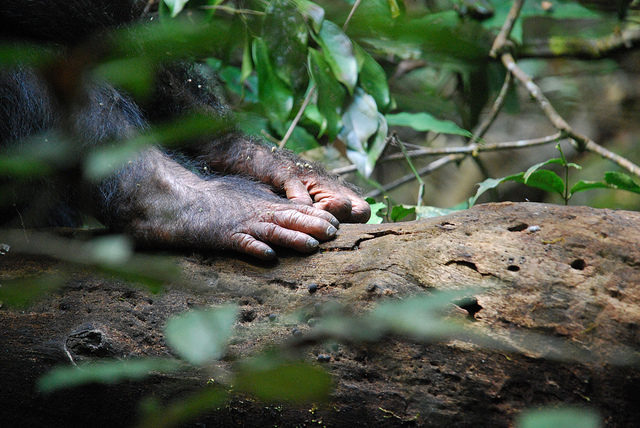
The first truly violent incident happened in 1974, when an ape from the Kahama group was attacked by members of the Kasakela group. One day, six Kasakela males approached Godi, a male from the Kahama group, who was feeding himself on a tree. Godi was pulled to the ground and viciously beaten and hit with a huge rock. Godi managed to crawl away from his attackers, but he was never seen again, probably having died from his injuries.
More attacks on the Kahama group followed after this one, all done in the same manner. The Kasakela “soldiers” exploited a chimpanzee weakness when carrying out their attacks, in that chimpanzees are most defenseless when feeding. Although chimpanzees live in a complex social system, they tend to eat alone and do not share a lot with their friends and family. This is why the Kasakela group followed and attacked members of the Kahama during feeding time, when they were their most vulnerable.
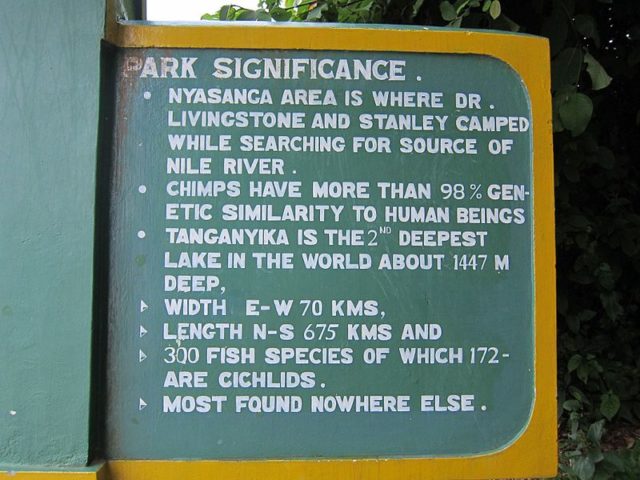
Within a period of four years, all of the males in the Kahama group were systematically killed. When they finished killing all the males, they turned their attention towards the females. Then began a process of assimilation. Three of the females were taken by force and dragged back to Kasakela territory, while those who resisted being taken were beaten and killed. By the end of 1978, the Kahama group no longer existed and their territory now belonged to the Kasakela. This was the outcome of the Kasakela/Kahama chimpanzee war.
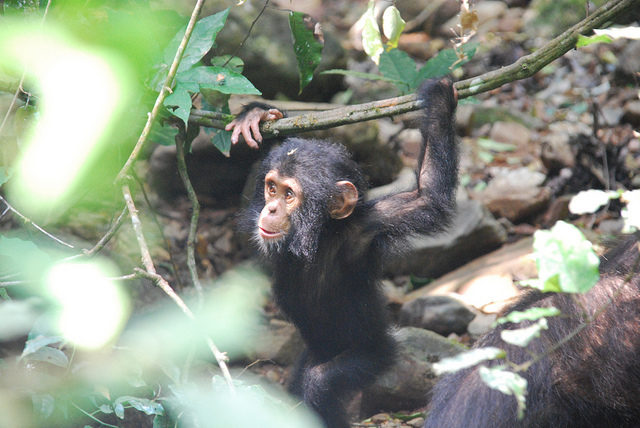
The victory of the Kasakela, however, was short lived. Soon they met a superior enemy—a larger group of Gombe chimpanzees called the Kalande. After a few encounters with their enemy, the Kasakela realized they were defeated and retreated from the territory they had previously taken from the Kahama.
Jane Goodall’s revelations about the behavior of chimpanzees were not received with sympathy from the scientific world. Many of her colleagues accused her of doing the “worst ethnological sin” — giving human attributes to animals. Others accused Goodall, saying that by feeding the chimpanzees in Gombe, she had interfered with their natural process of selection and therefore caused the so-called “Gombe war.”
